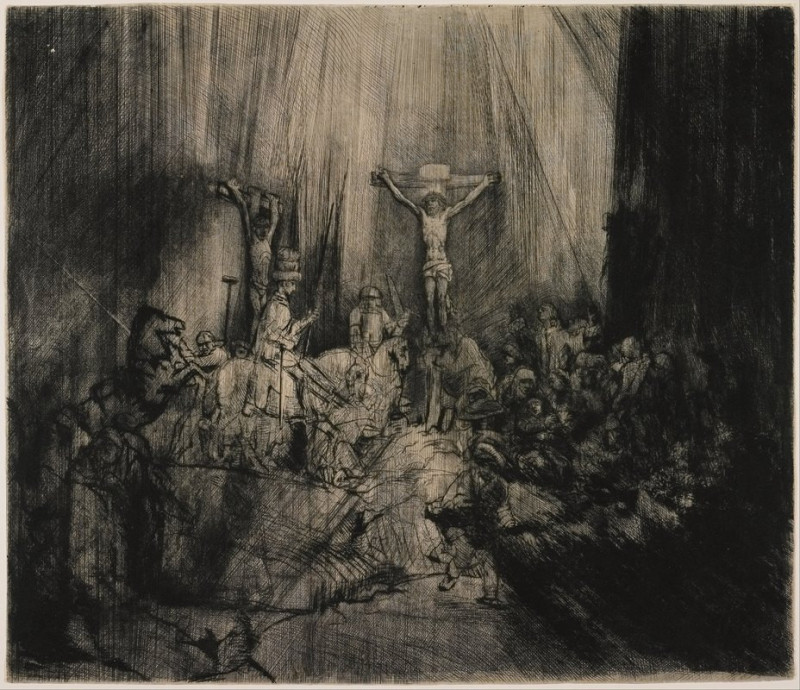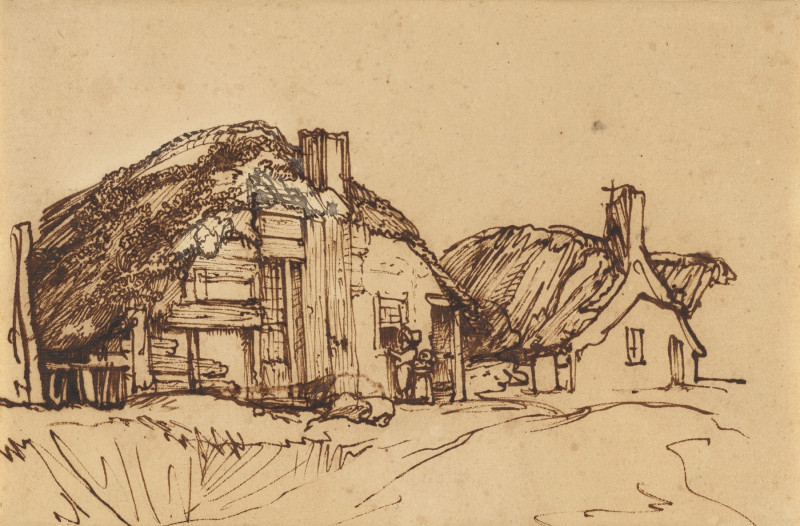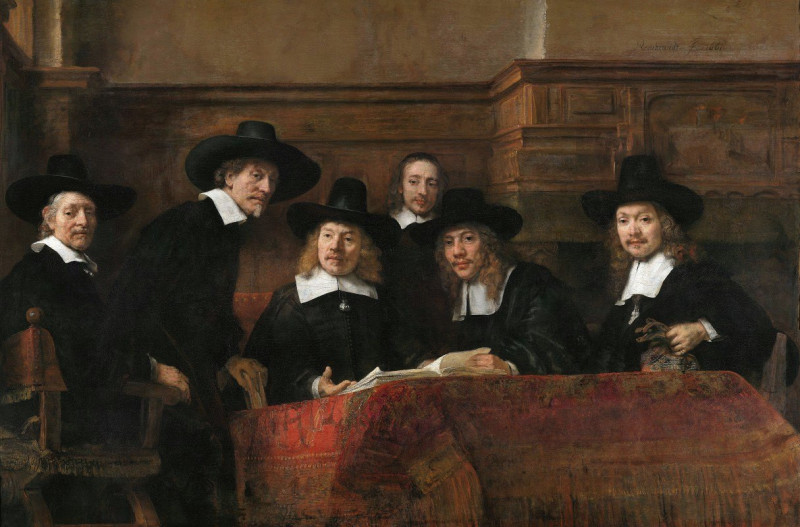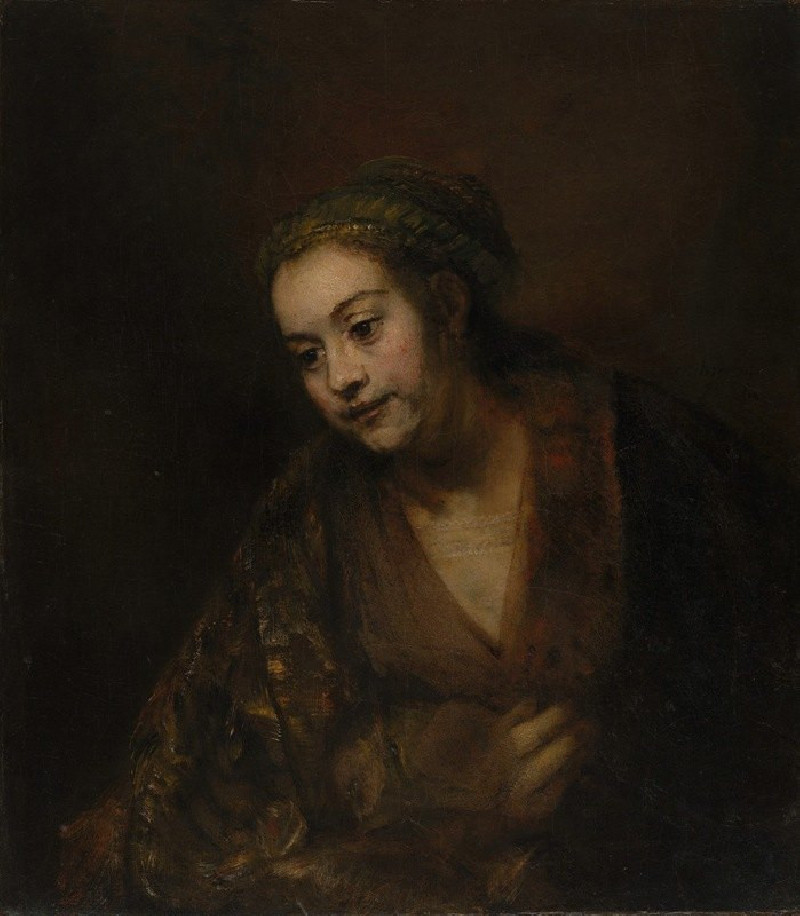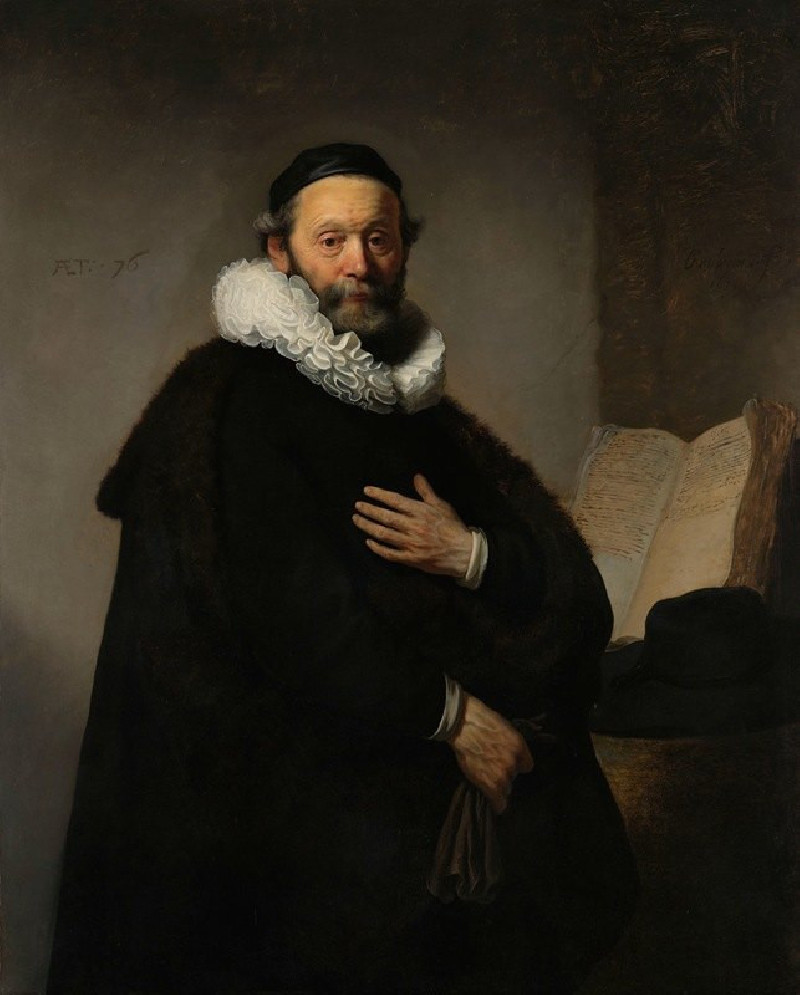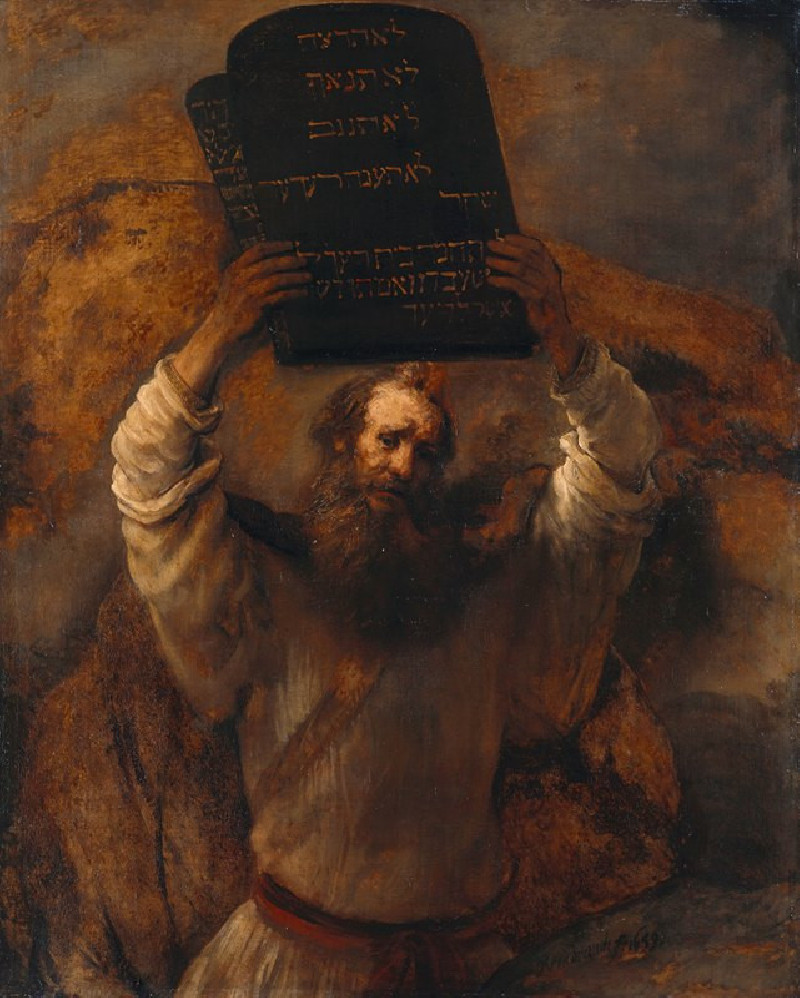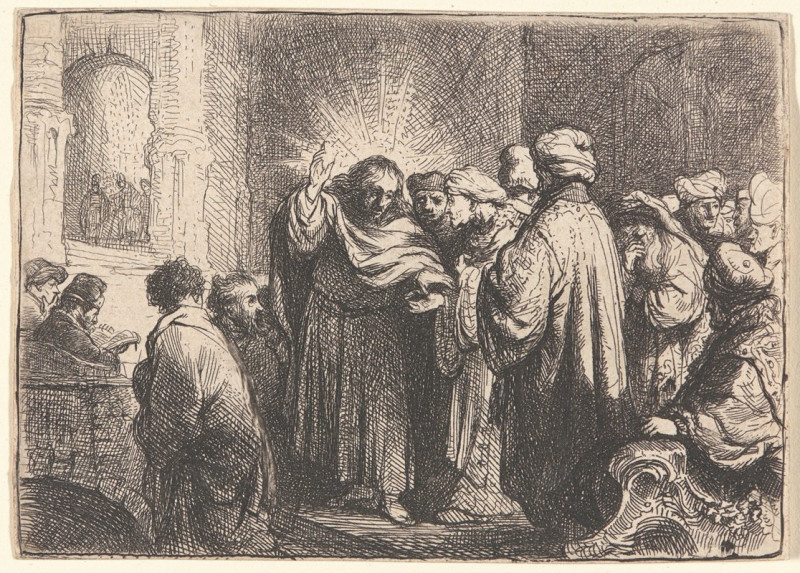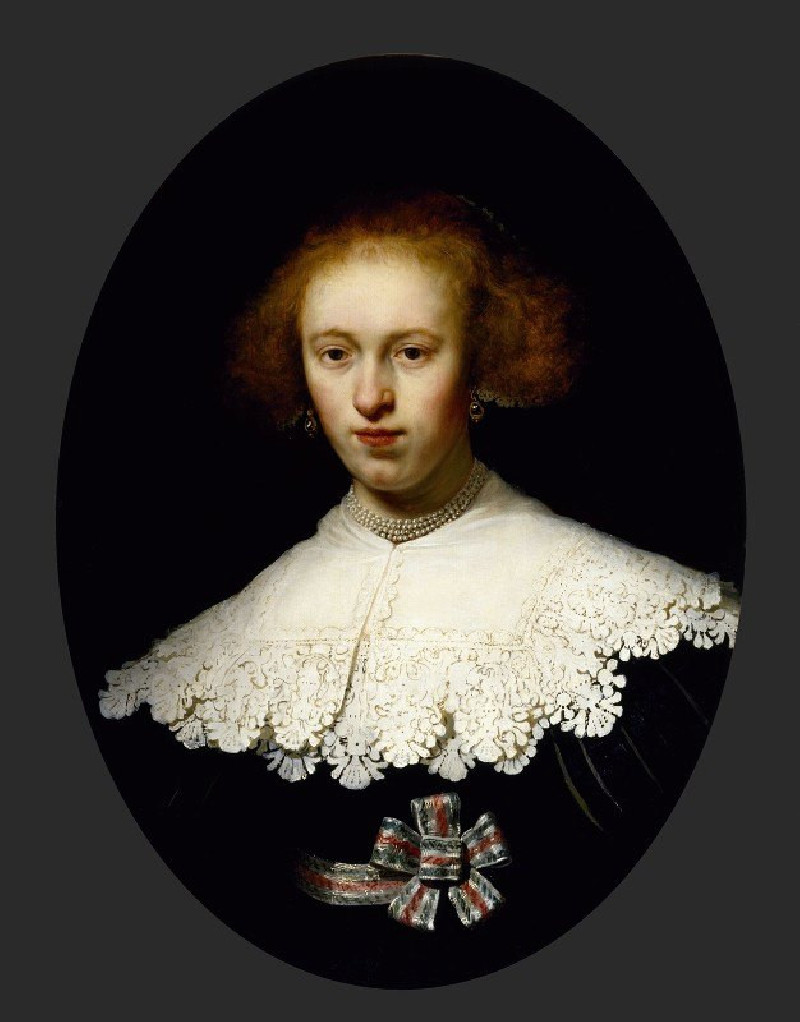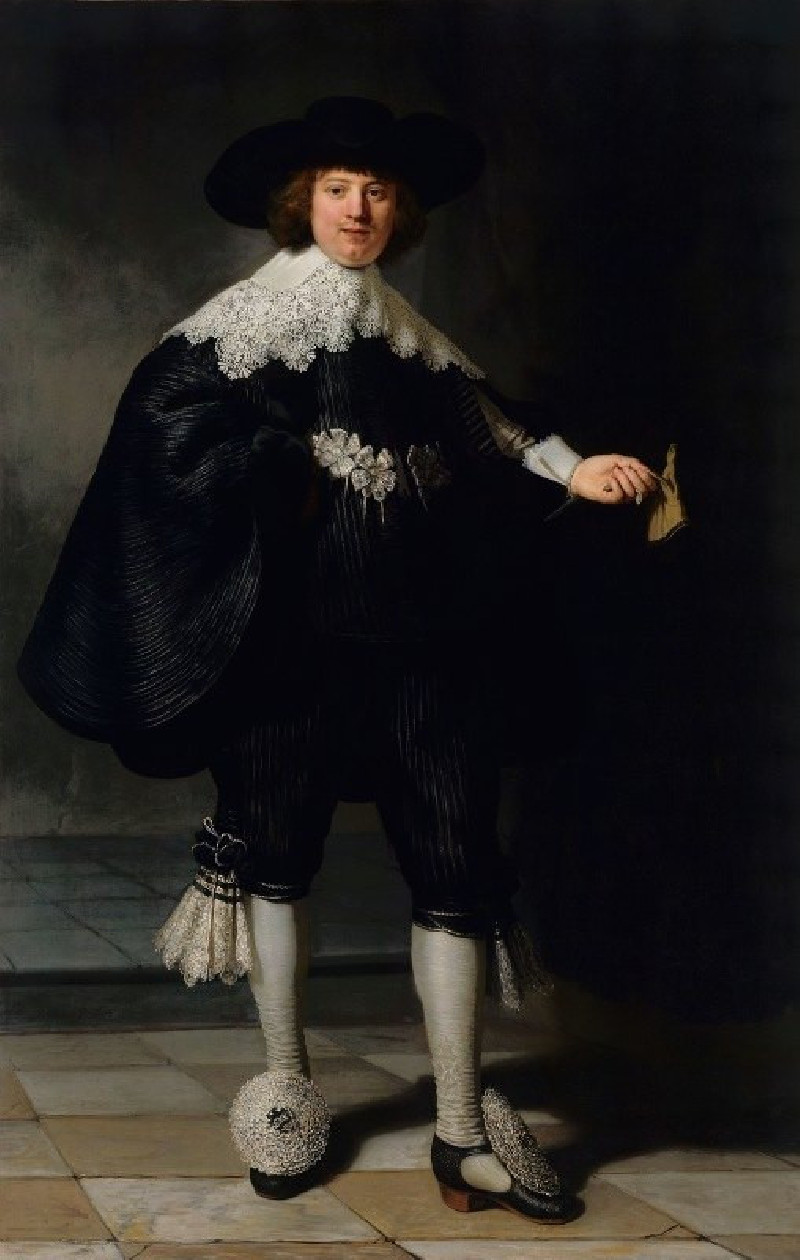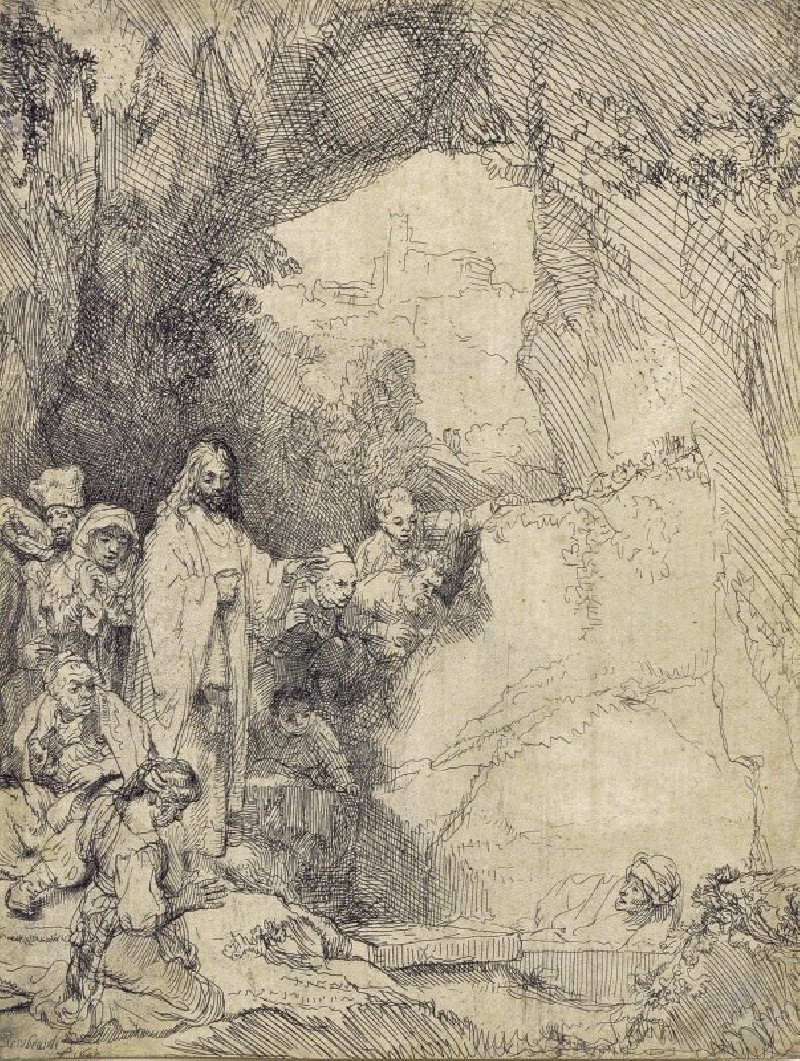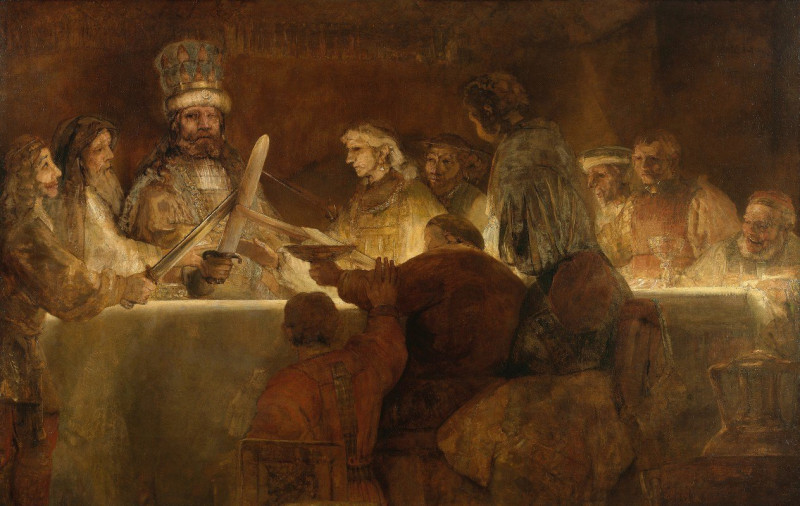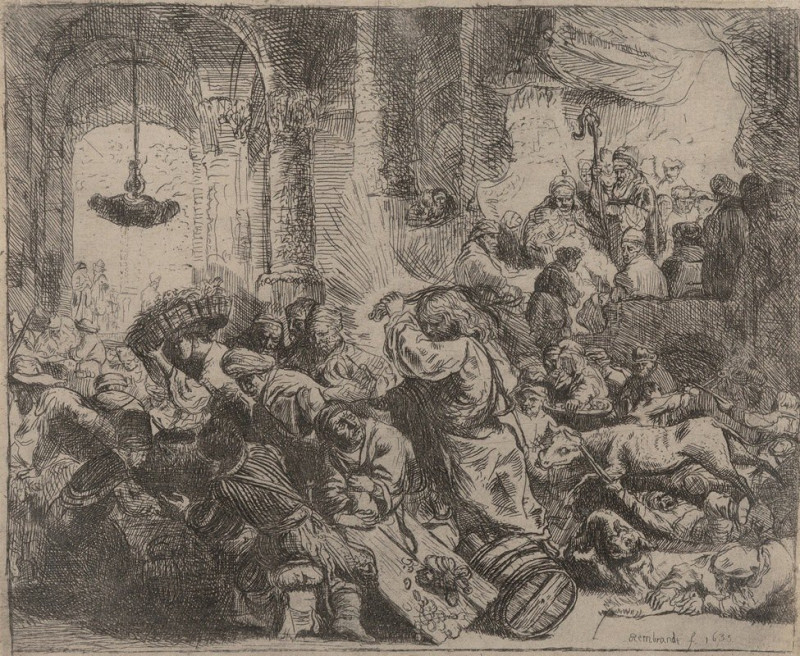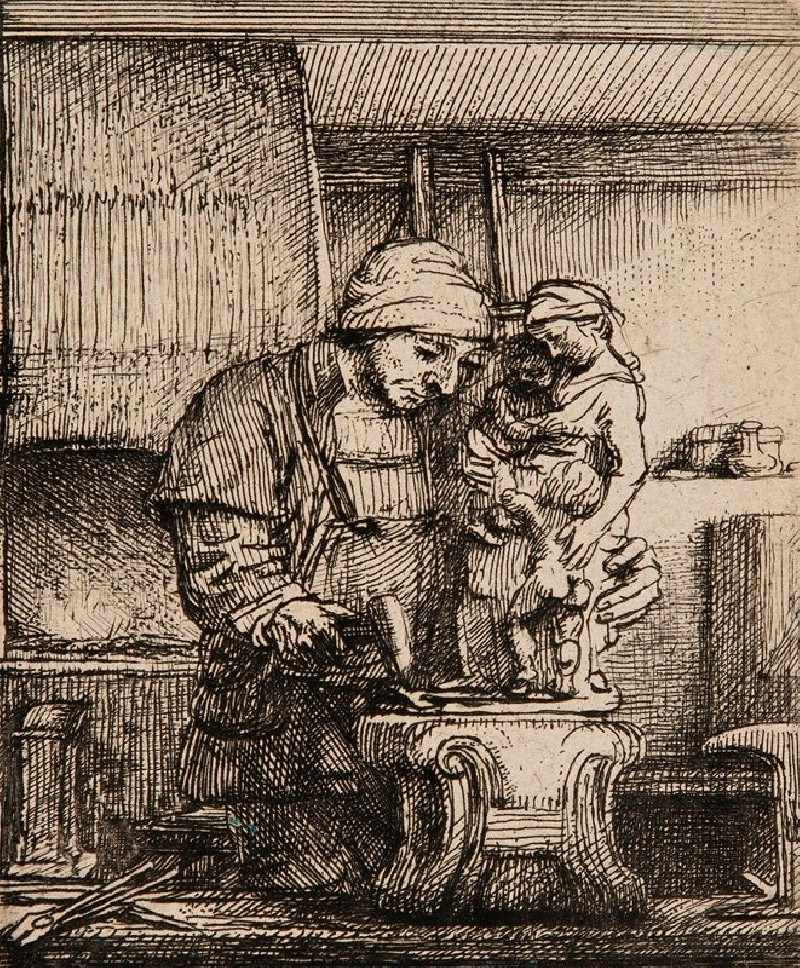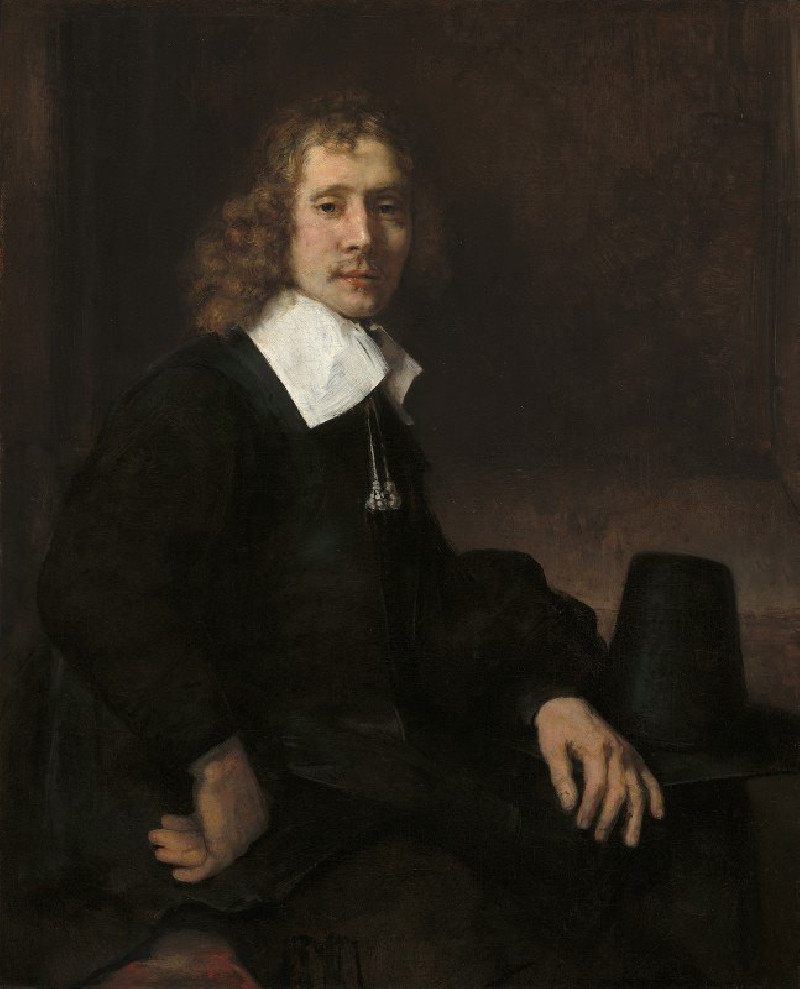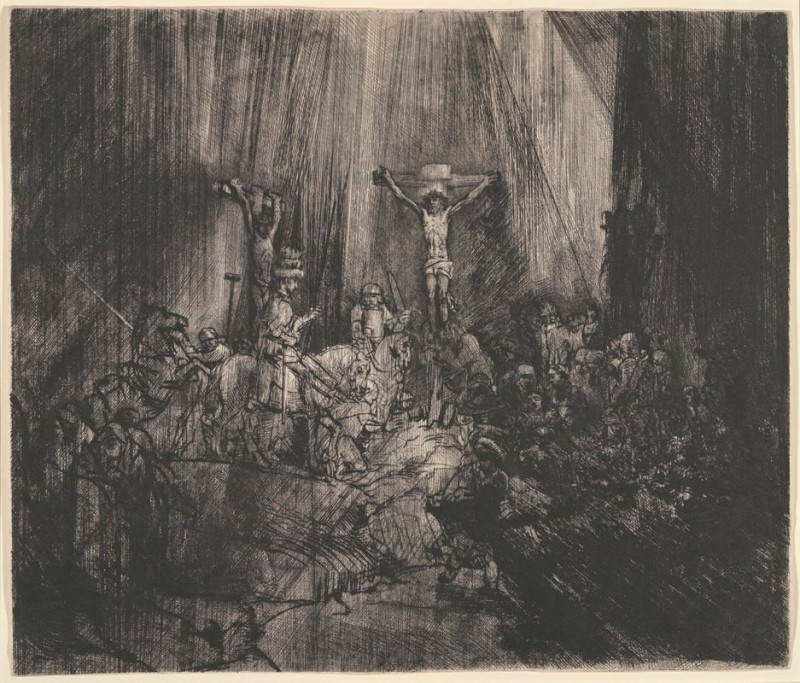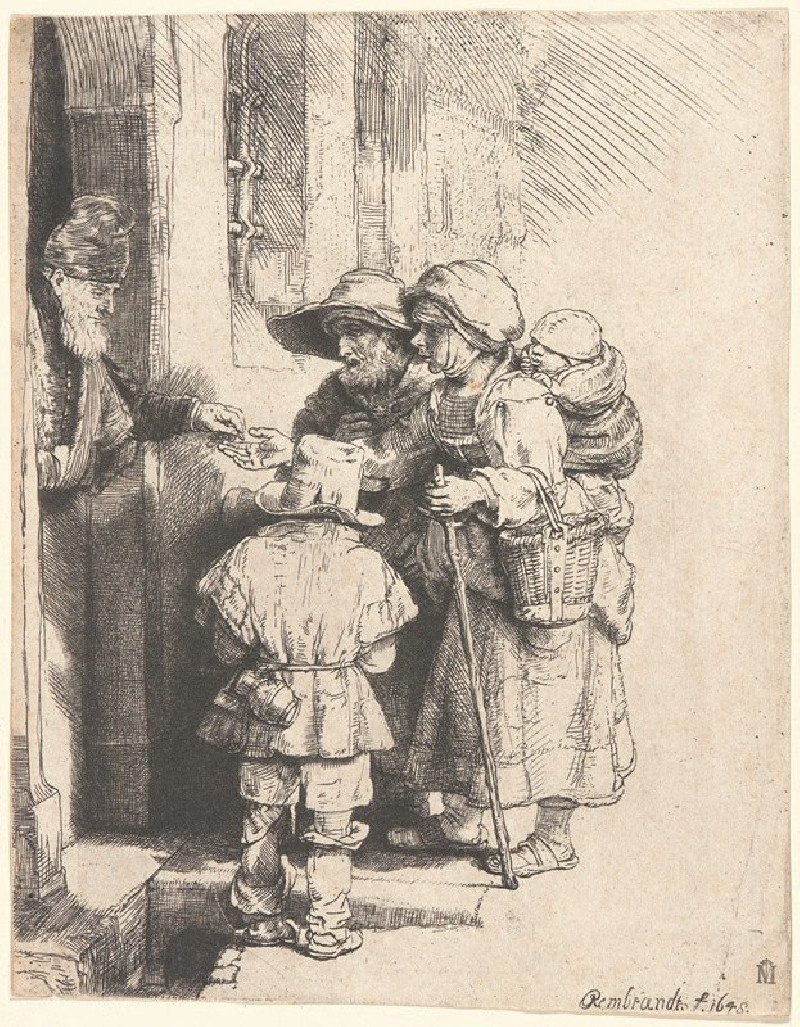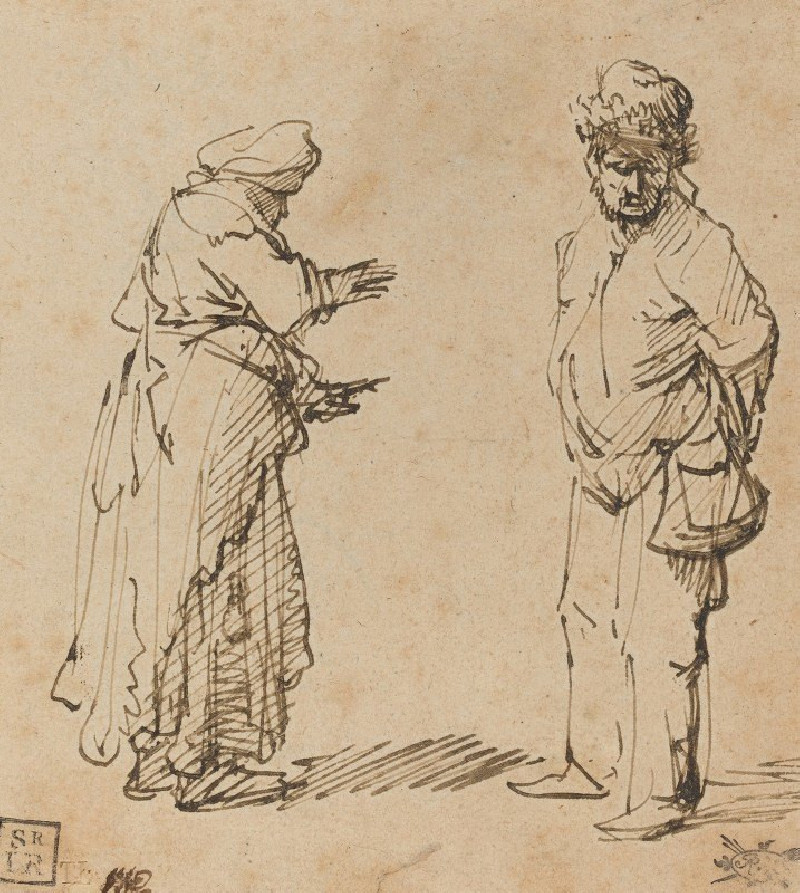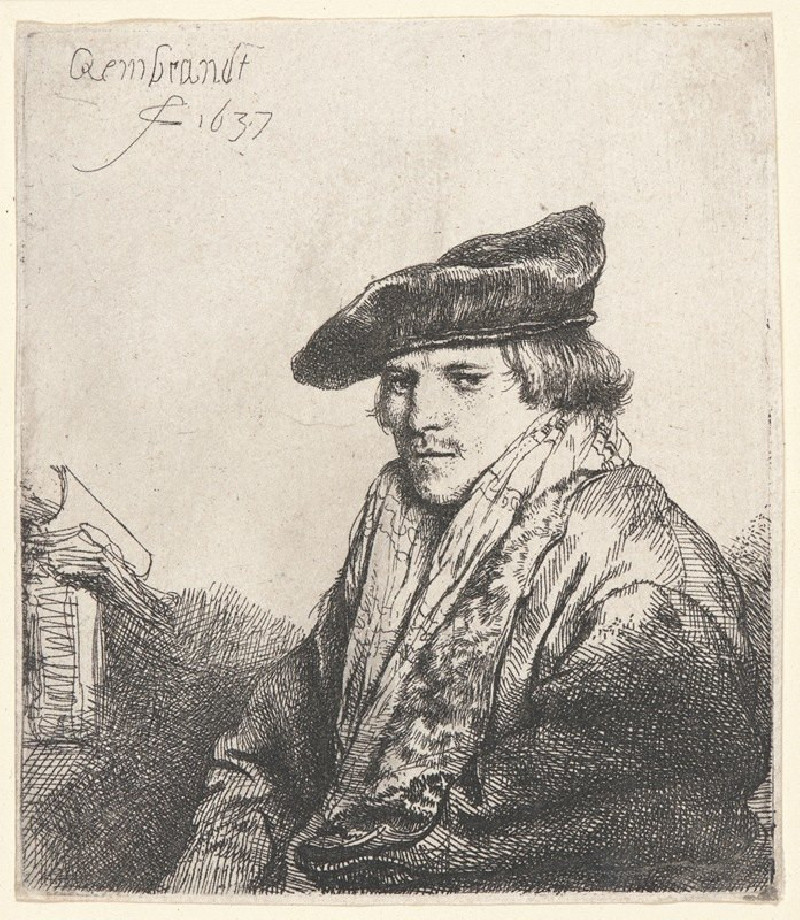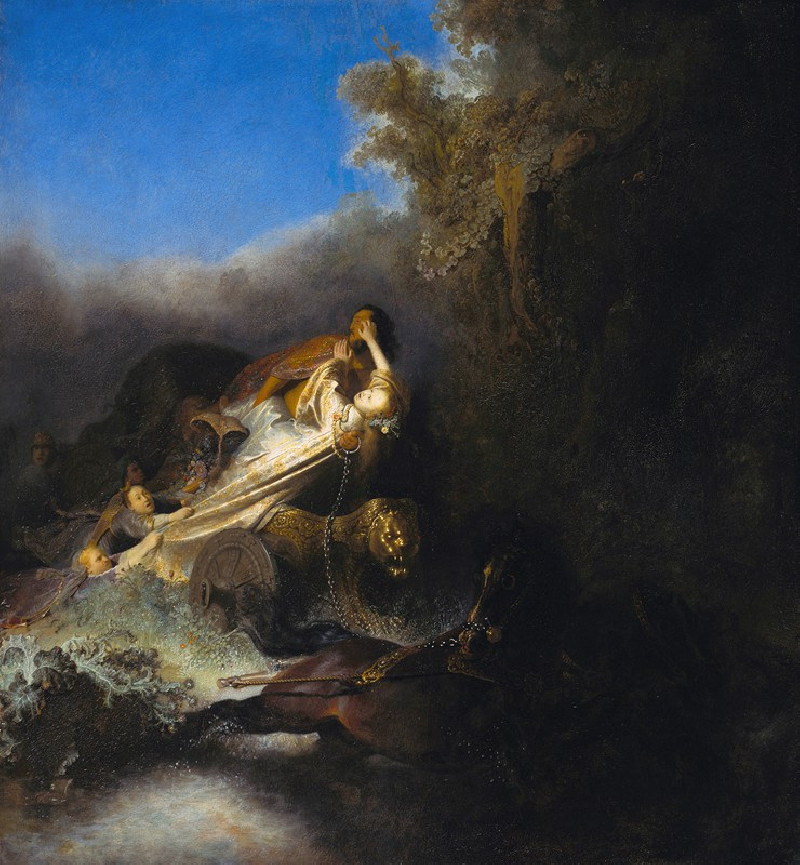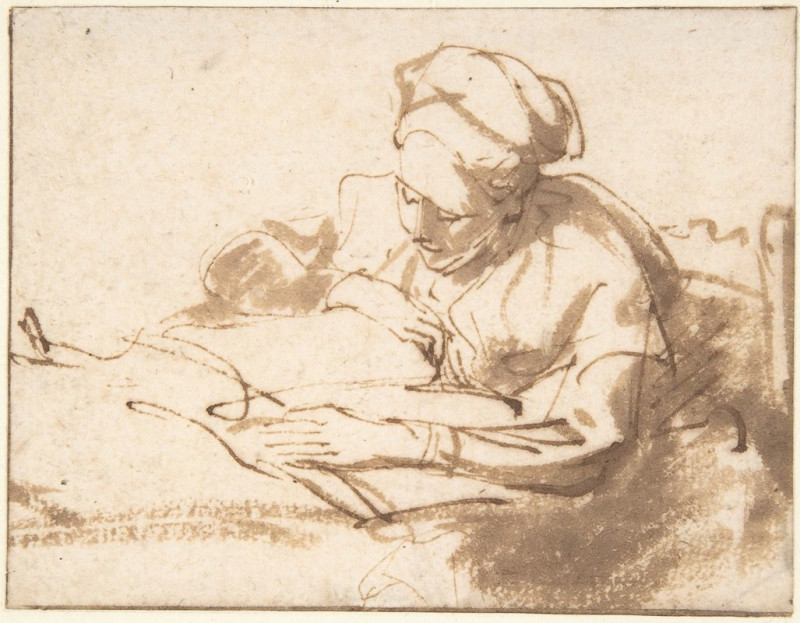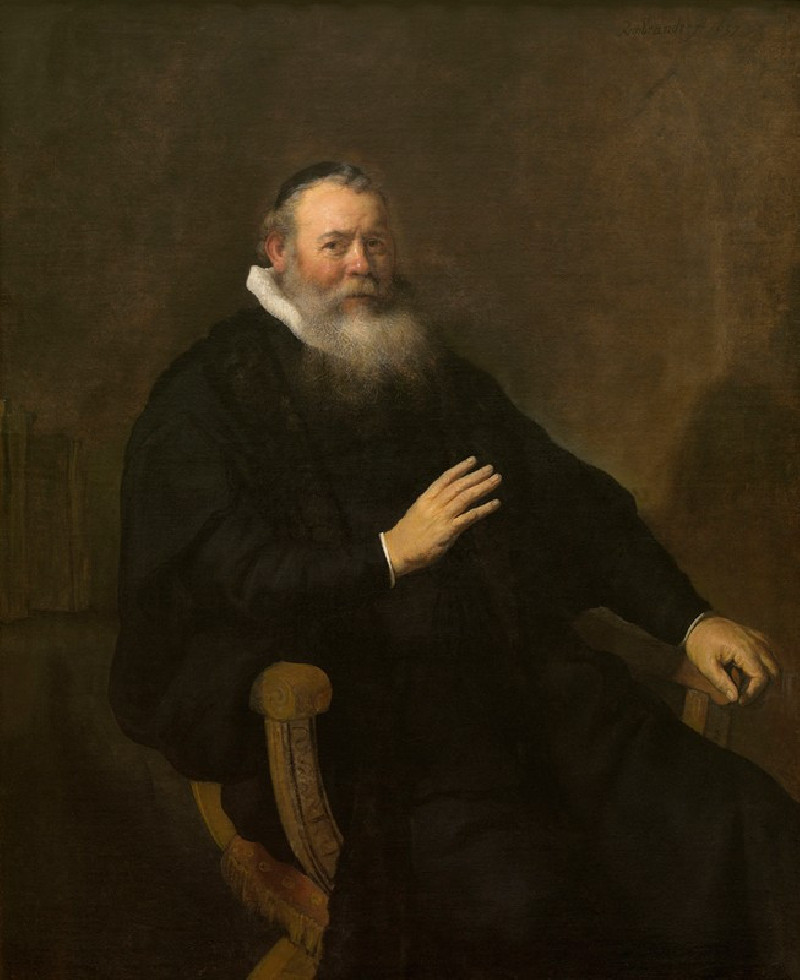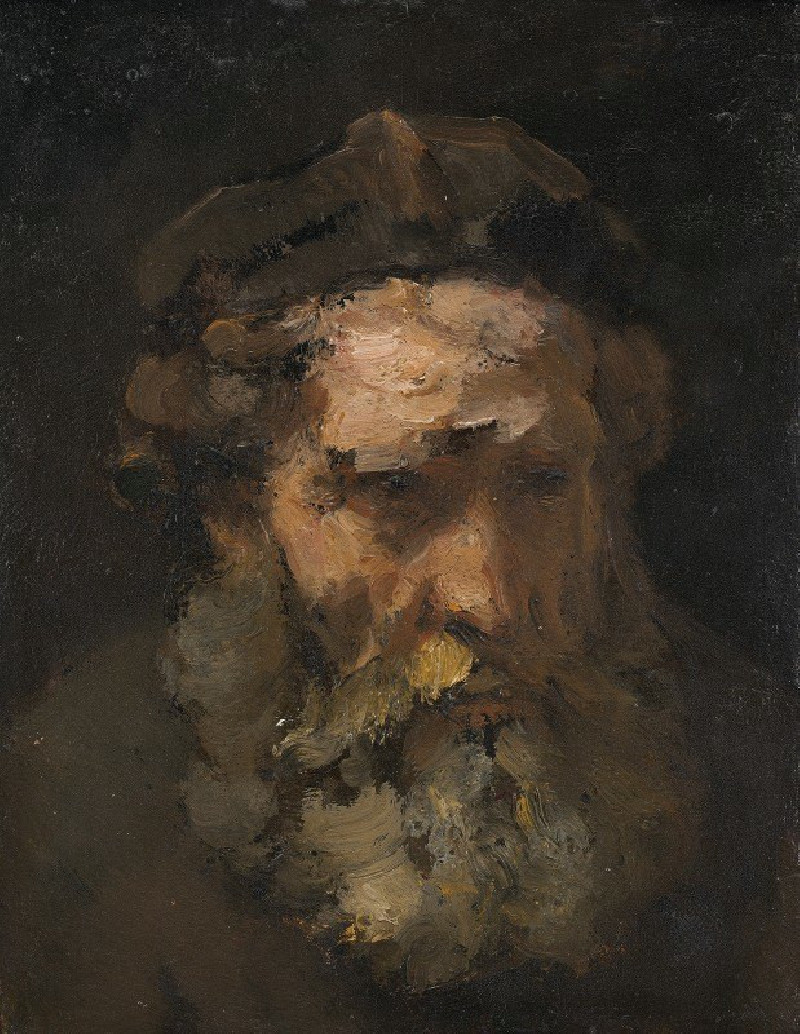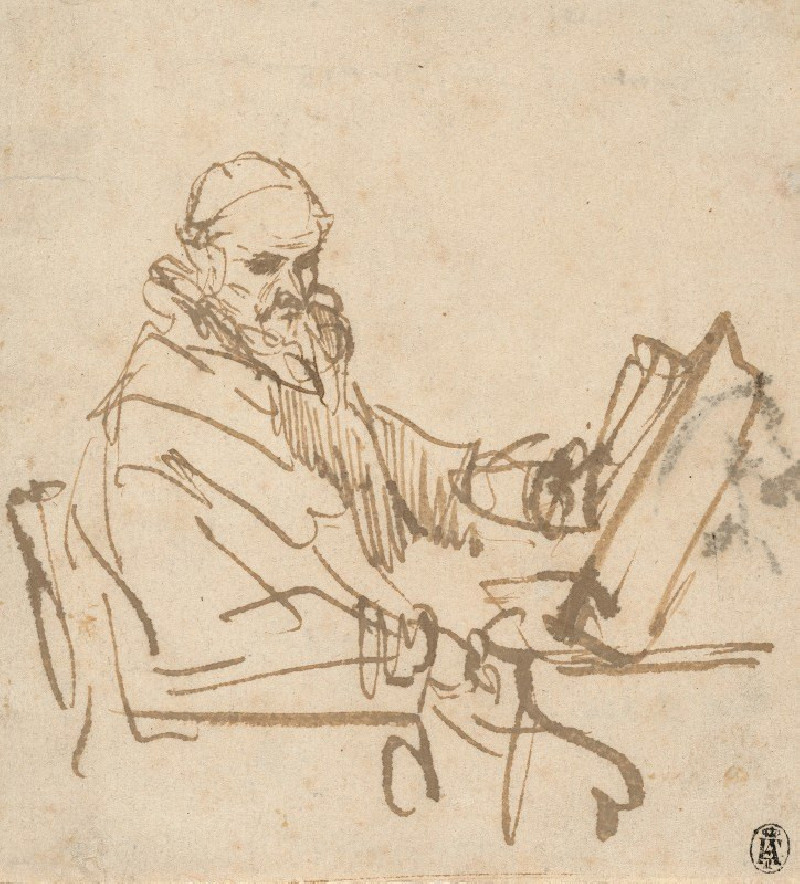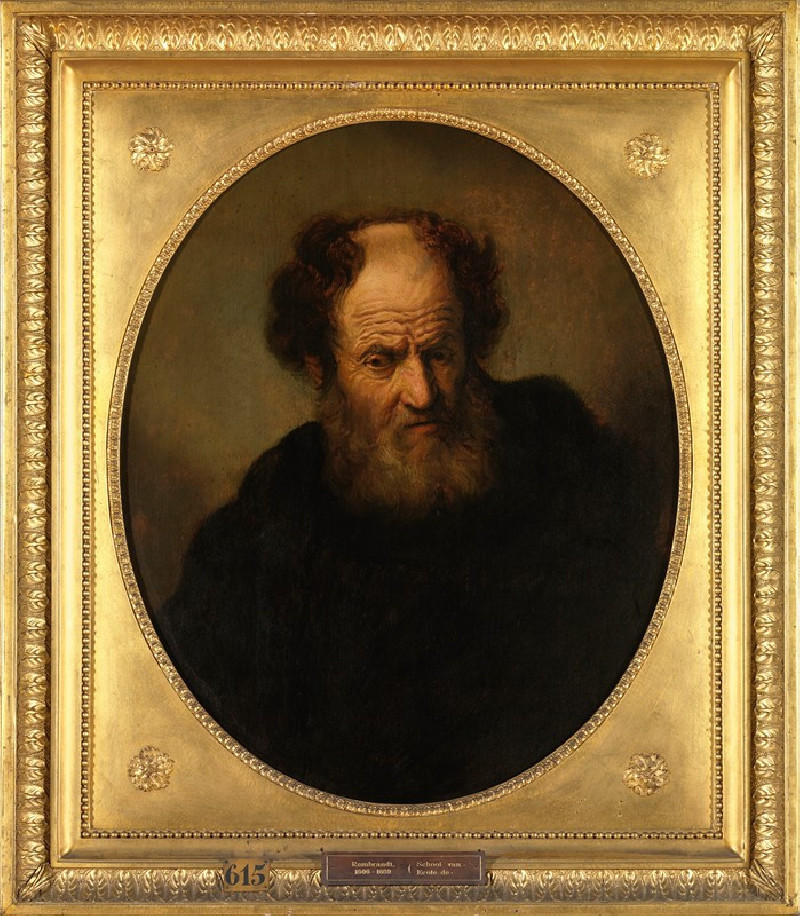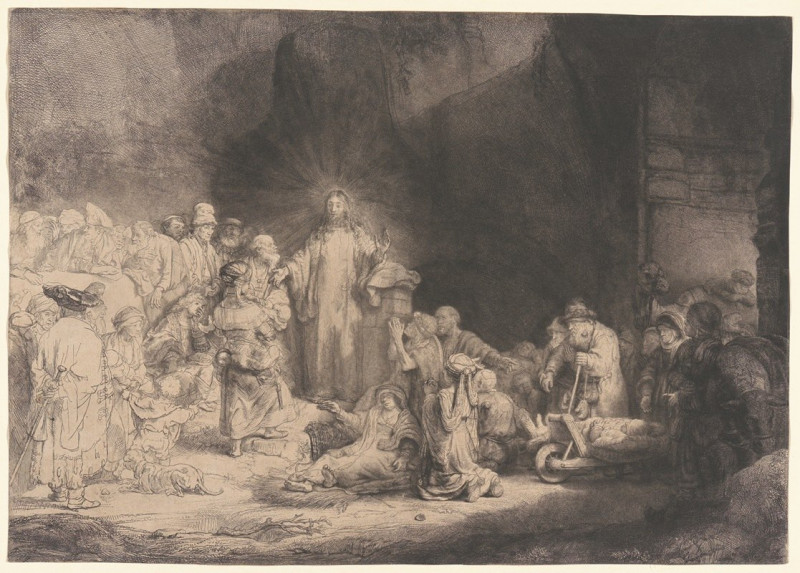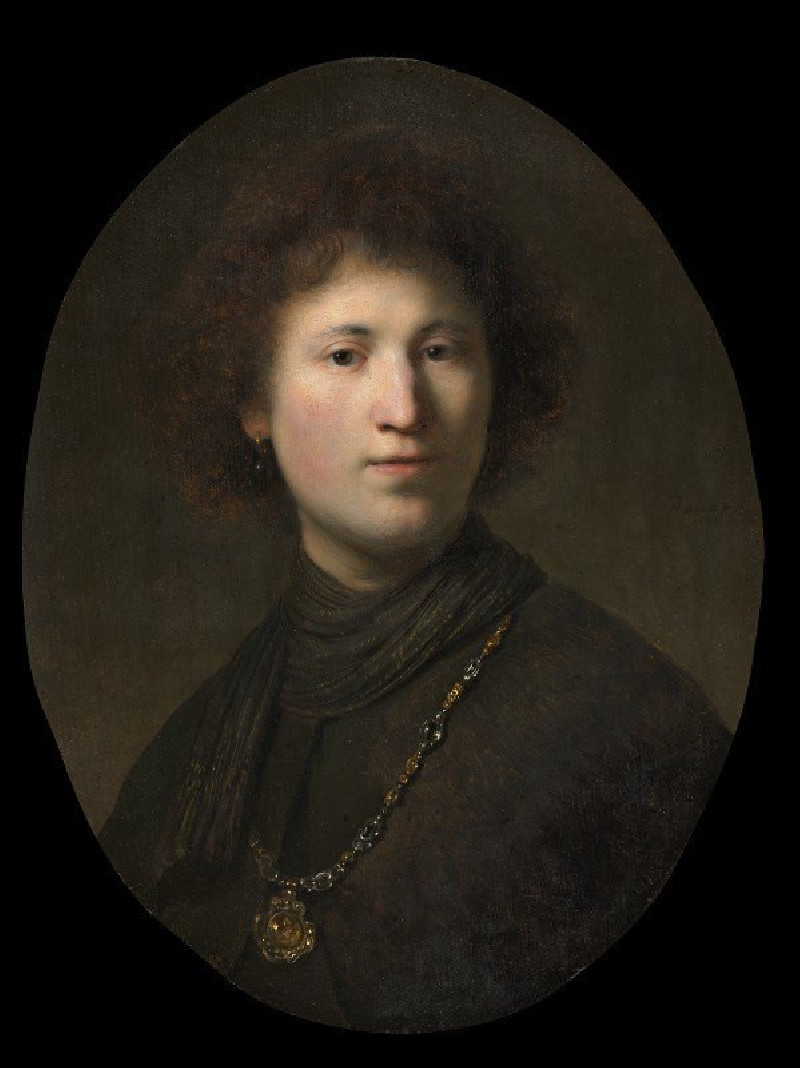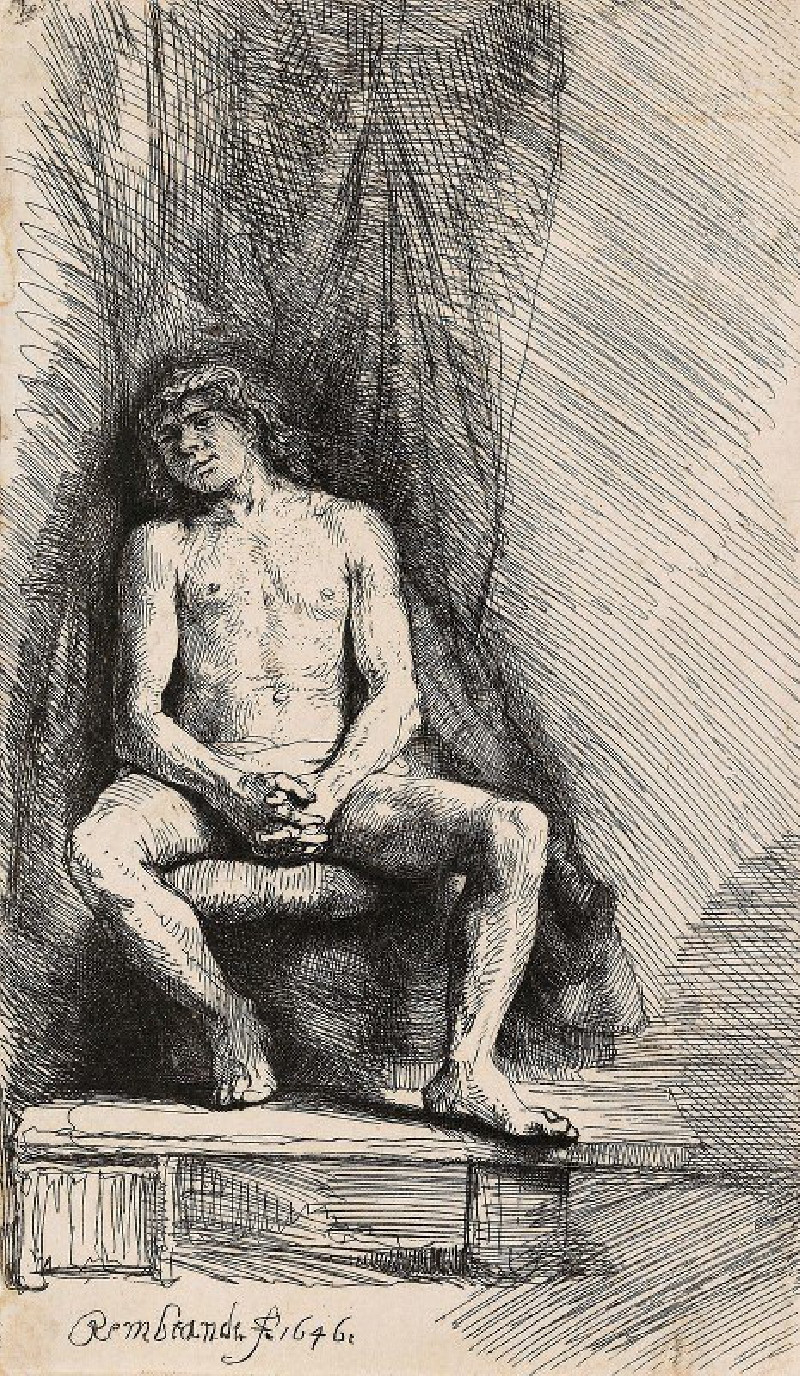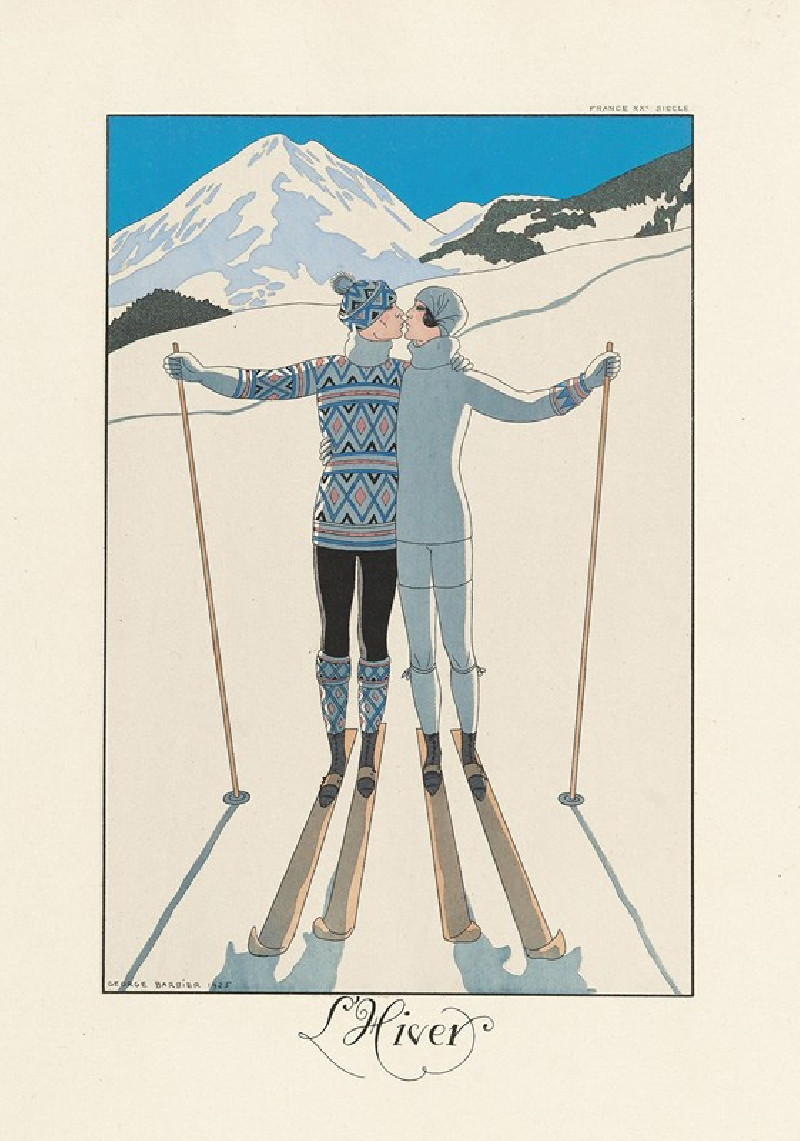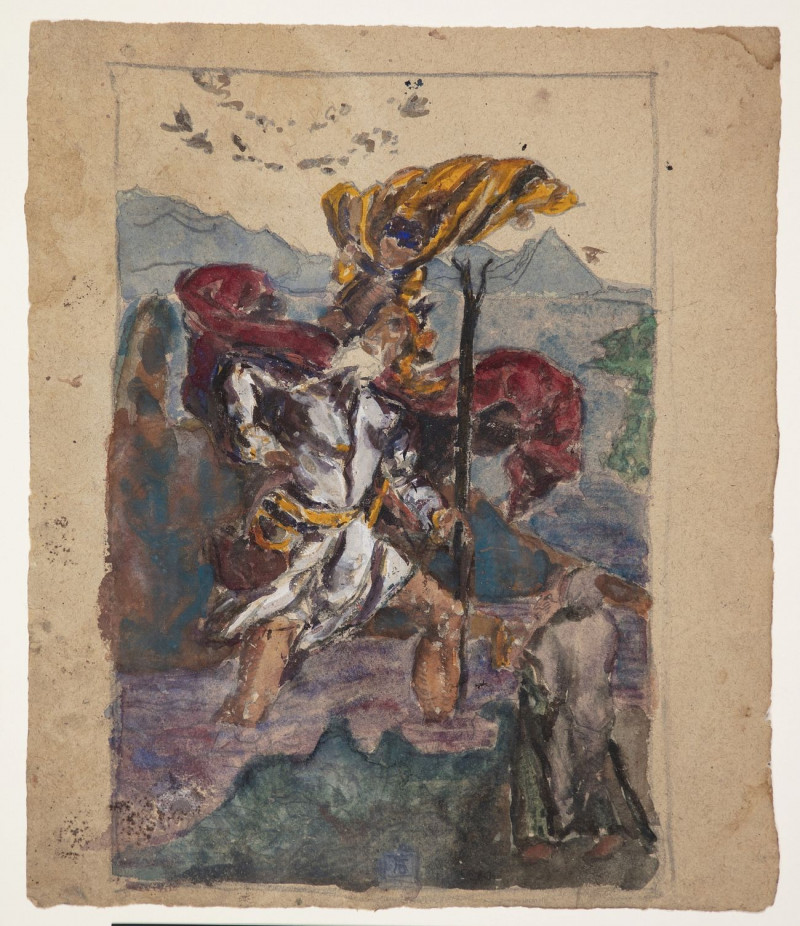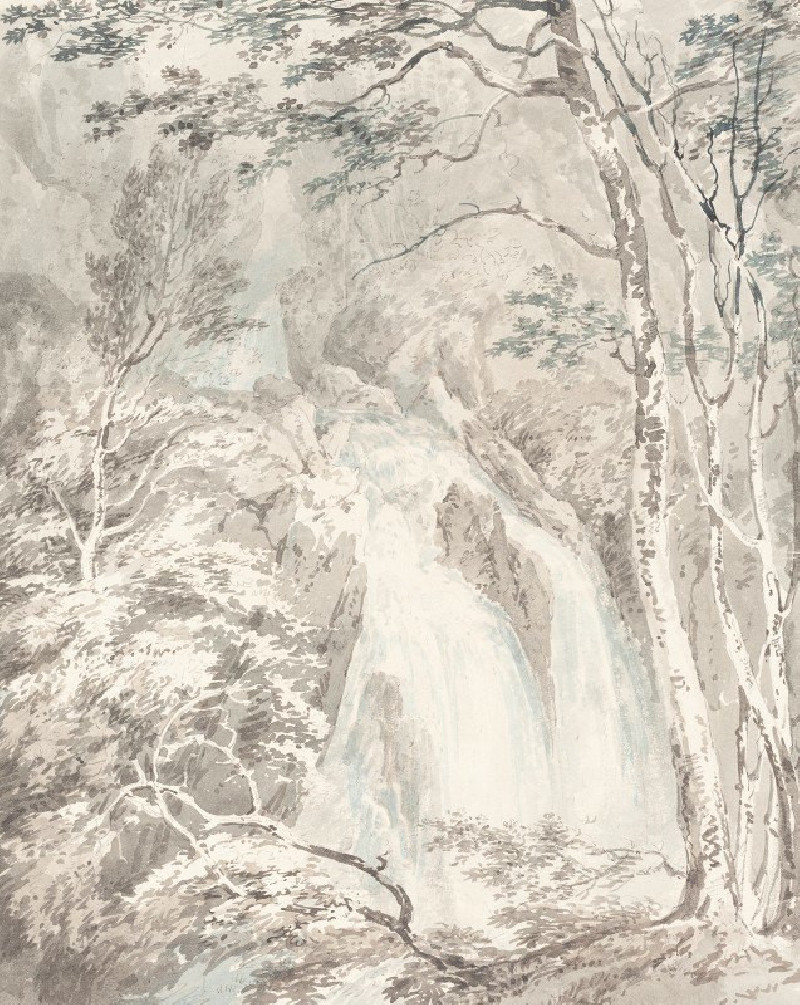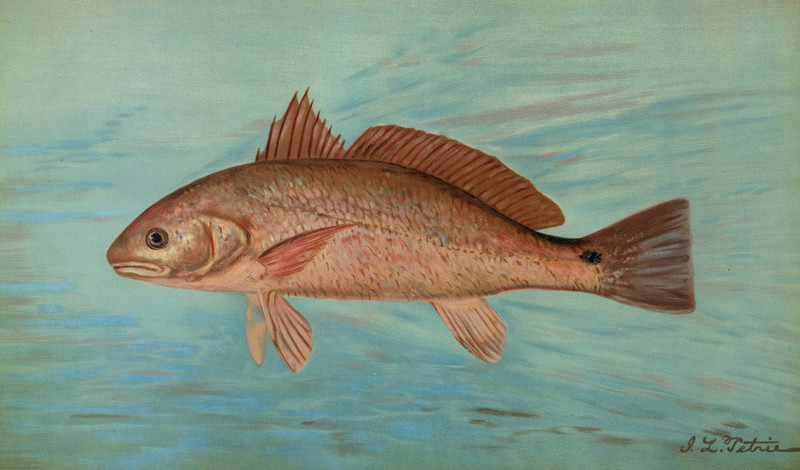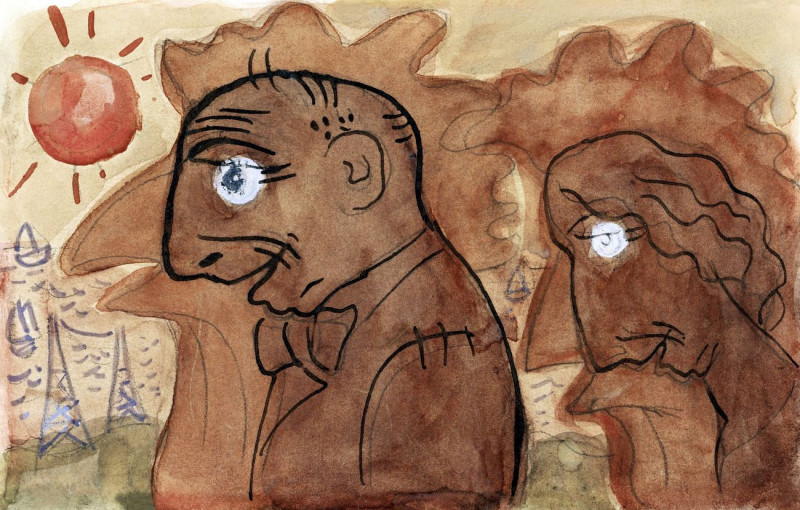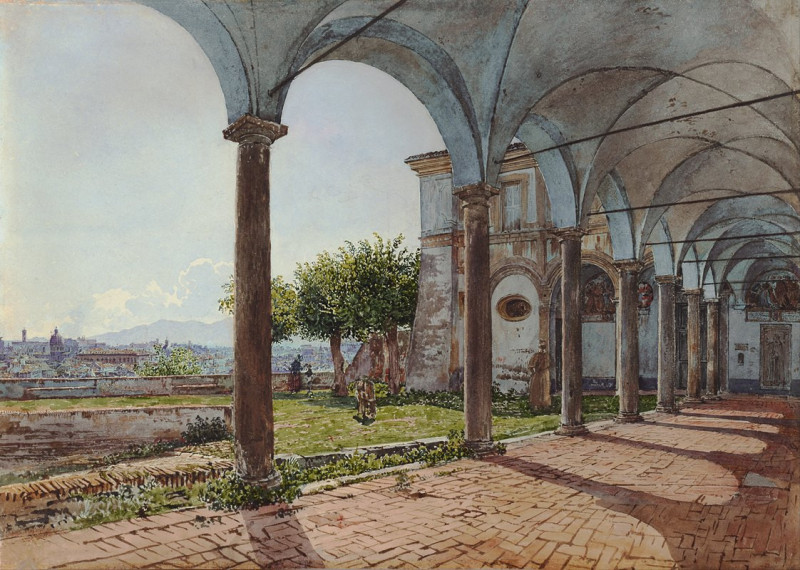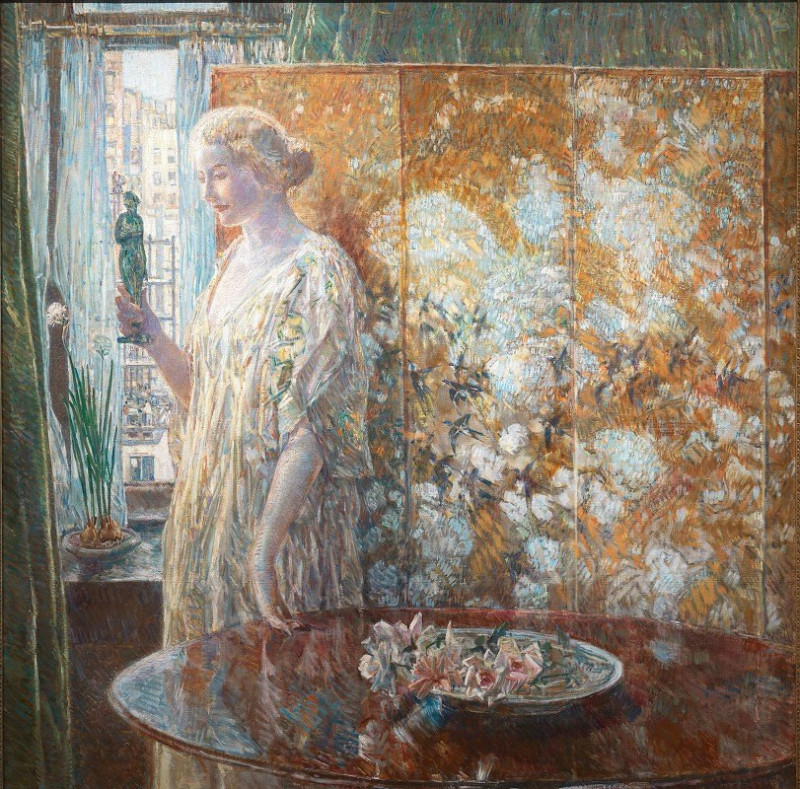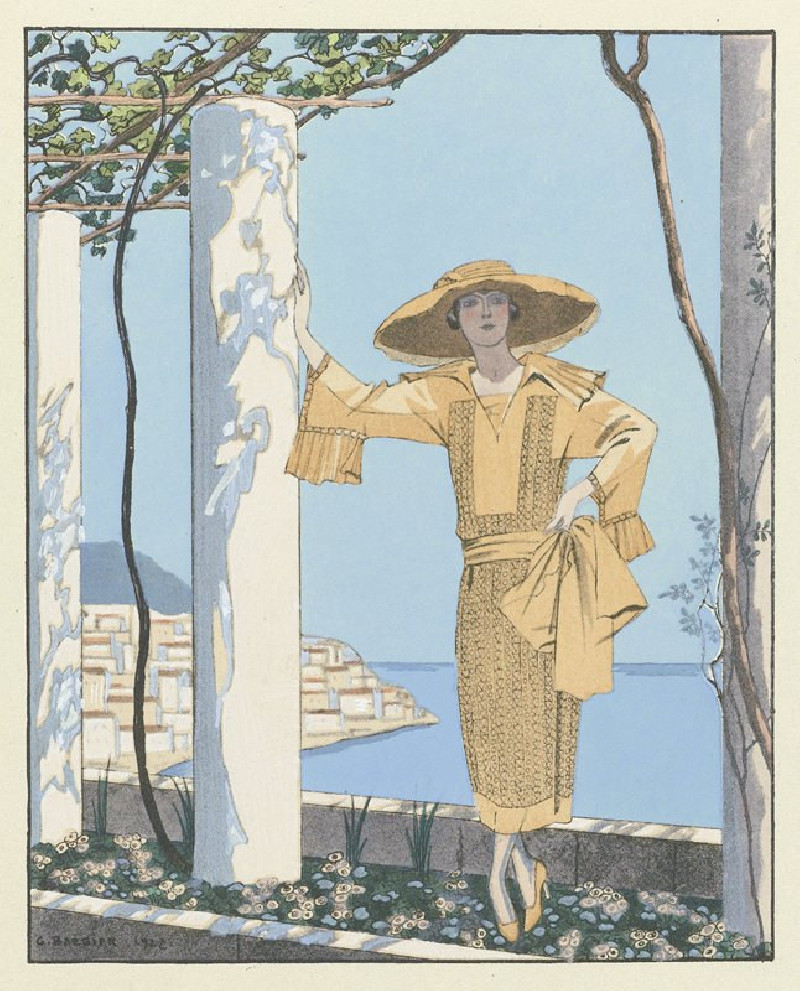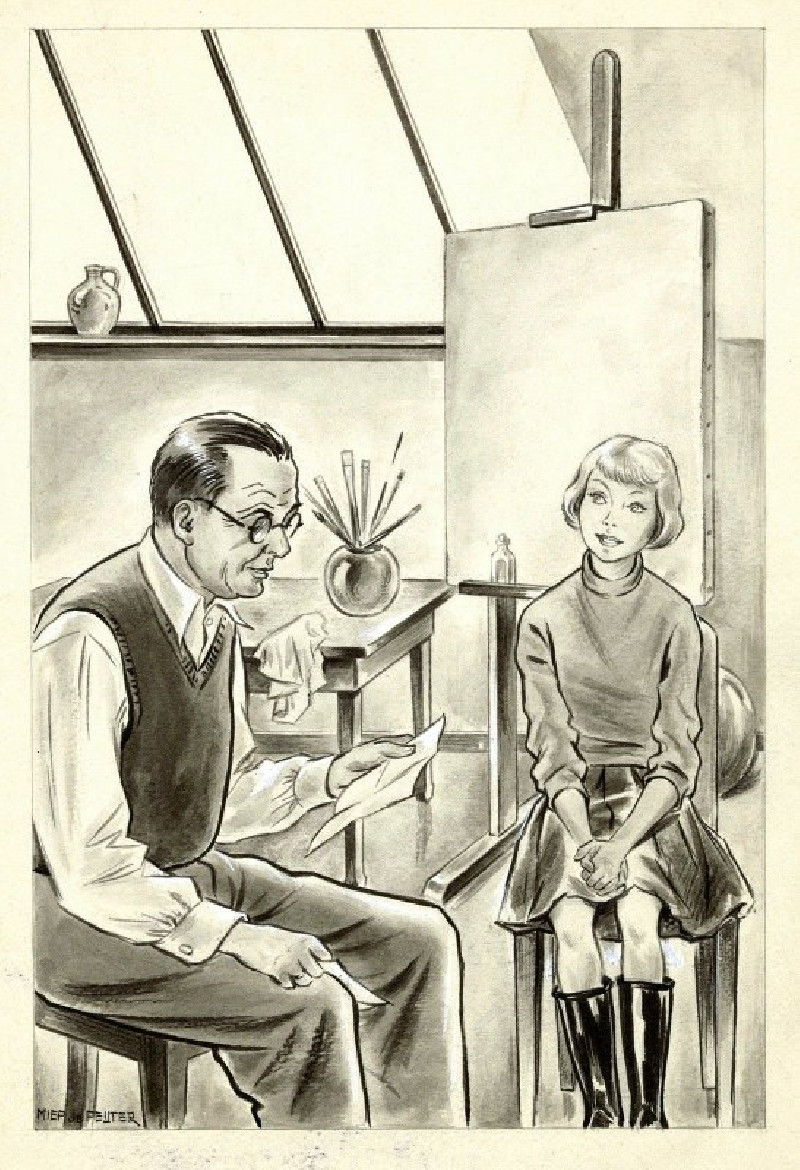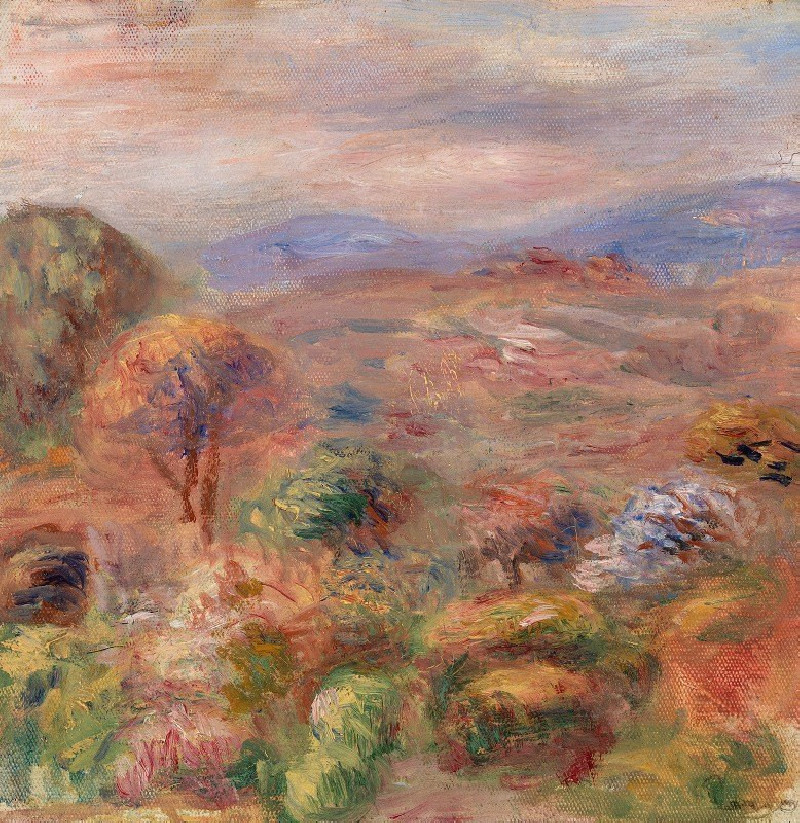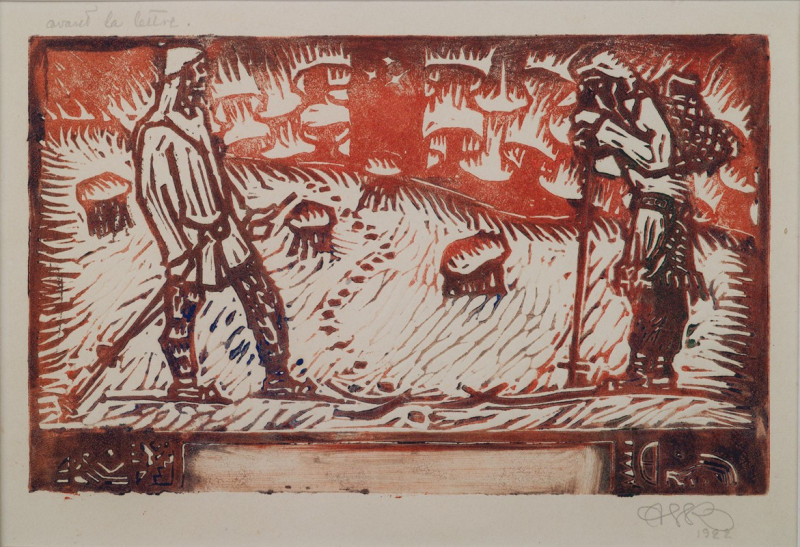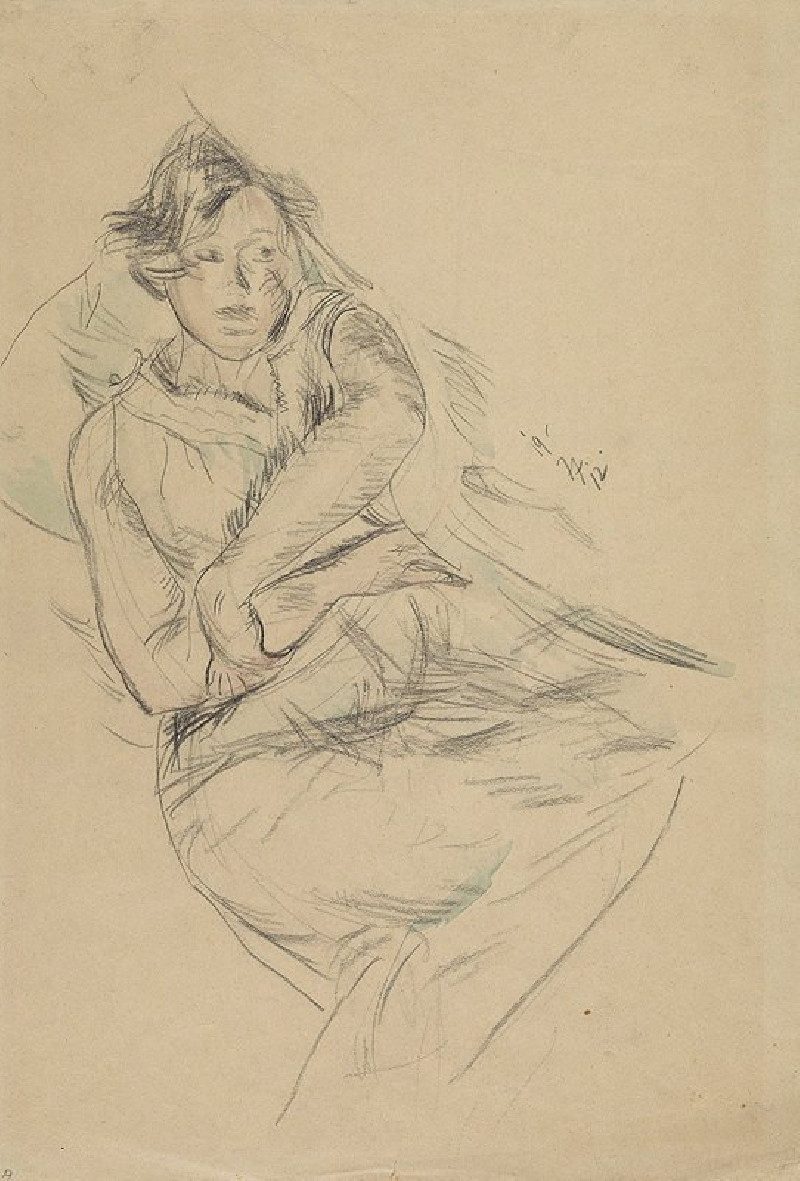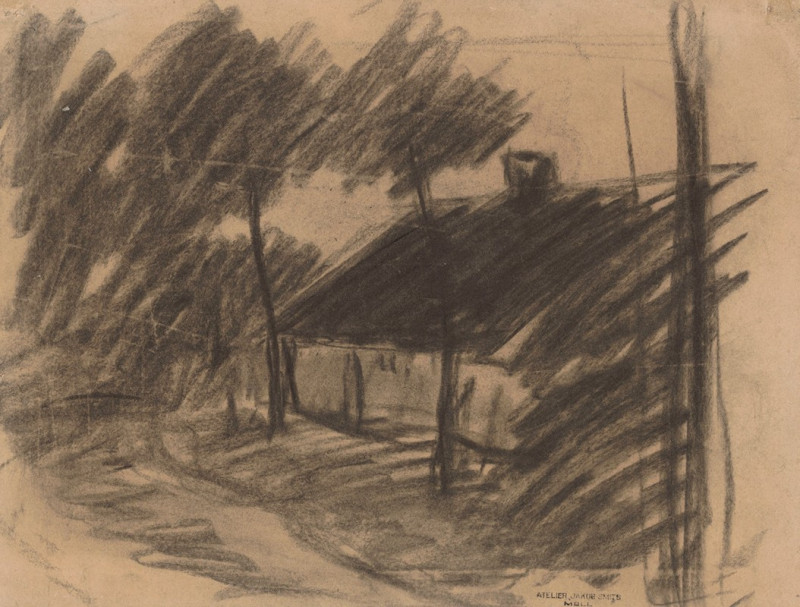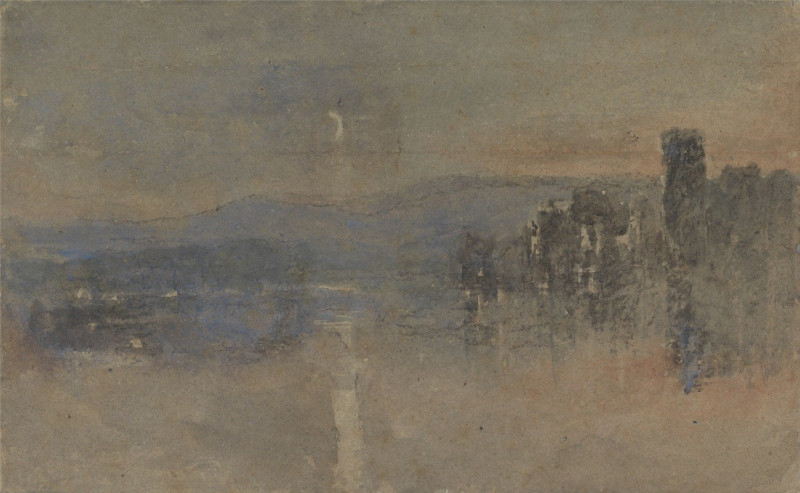The Three Crosses (1653-1655)
Technique: Giclée quality print
Recommended by our customers
More about this artwork
We invite you to delve into one of Rembrandt van Rijn's most poignant and powerful works, "The Three Crosses" (1653-1655). This striking etching is not only a showcase of the artist’s mastery over light and shadow but also a dramatic representation of a pivotal biblical moment—the crucifixion of Jesus Christ.At the heart of this etching, the figure of Christ on the central cross draws the viewer's eye amidst a tumult of gathered figures and sweeping lines, depicting the profound sorrow and chaos of this scene. Flanked by two other crosses, the figures of the two thieves crucified alongside Christ add to the narrative’s intensity.Rembrandt’s use of dynamic lighting in "The Three Crosses" dramatizes the divine intervention, with rays seeming to emanate from above, slicing through the darkness. This contrast not only highlights the central figures but also serves to illuminate the various expressions and reactions of the gathered crowd—from mourning to indifference—capturing a broad spectrum of human emotion and response to the tragic event.The detailed work on this etching enhances the scene's depth. Each stroke contributes to a textured portrayal of a moment filled with despair, awe, and reflection. This piece is a brilliant example of how art can evoke feeling and thought, pulling the viewer into the historical and emotional landscape of its theme."The Three Crosses" remains a profound testament to Rembrandt’s skill as an artist and his ability to convey complex narratives and profound emotions, making it a masterpiece worth revisiting for both its historical importance and its artistic merit.
Delivery
Returns
Rembrandt Harmenszoon van Rijn was a Dutch draughtsman, painter, and printmaker. An innovative and prolific master in three media, he is generally considered one of the greatest visual artists in the history of art and the most important in Dutch art history. Unlike most Dutch masters of the 17th century, Rembrandt's works depict a wide range of style and subject matter, from portraits and self-portraits to landscapes, genre scenes, allegorical and historical scenes, and biblical and mythological themes as well as animal studies.

